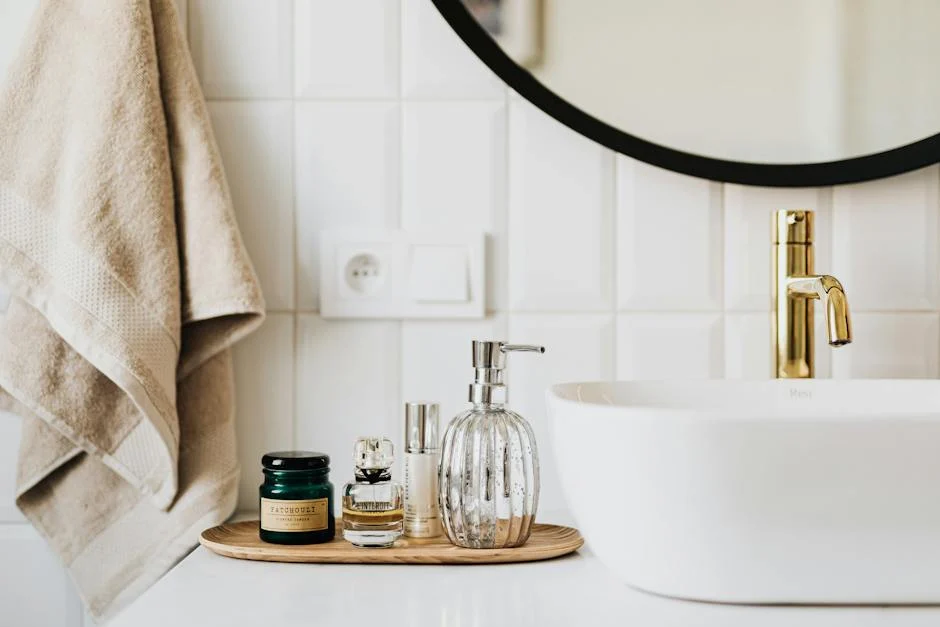
The Impact of Commercial Renovations on Your Business
Introduction: Understanding the importance of commercial renovations Commercial renovations can have a significant impact on your business, both visually and financially. Understanding the importance of these renovations is crucial for




